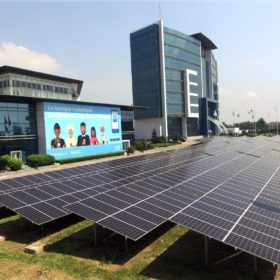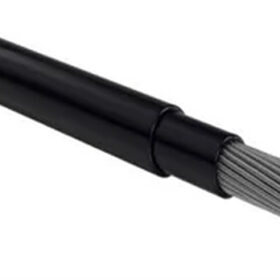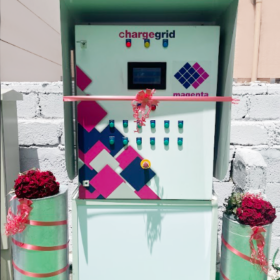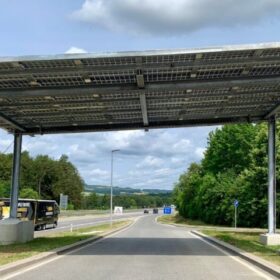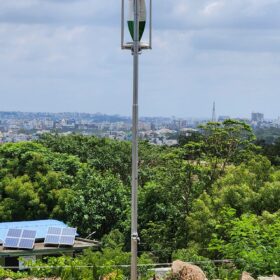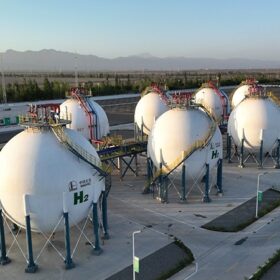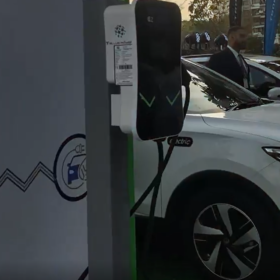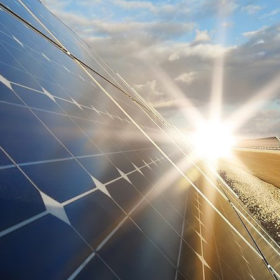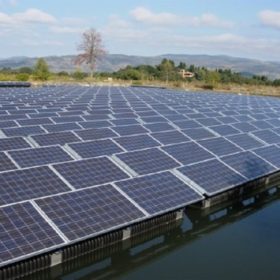Open-source online tool to optimize wind-solar projects
Scientists in Spain have developed a tool that optimizes the joint production of wind and solar. It combines data, patterns of solar radiation, and wind speeds over time in specific parts of Europe.
Africa50 signs MoU with International Solar Alliance to support PV projects across Africa
Africa50 and International Solar Alliance (ISA) will leverage each other’s networks to mobilize funding and raise awareness of African solar projects in European and Indian markets.
Japanese provider launches new aluminum cables for PV systems
Japan-based GBP said its new cables are complying with several international standards. It claims the cables have an antitheft function, as they should discourage copper thieves from approaching a PV system.
Magenta Mobility unveils EV charger with 12 outputs
Magenta Mobility has launched an electric vehicle (EV) charger that can charge 12 EVs simultaneously. The charger is especially suited for charge point operators, fleet operators, community parking bays, and residential complexes.
Germany launches 33 kW prototype highway PV system
Germany has deployed a 33 kW prototype highway PV system in collaboration with Austria and Switzerland. The system aims to harness solar energy from highway infrastructure.
WindStream launches hybrid wind-solar street light system
Telangana-based WindStream Energy Technologies has launched a hybrid wind-solar street light system for hilly, coastal, and rural areas.
Italian supplier unveils new PV garden system
Italy’s Giulio Barbieri has developed a solar pergola for gardens that can be combined with battery storage, offering 3 kW to 5 kW of power and a storage capacity of 5 kWh.
The Hydrogen Stream: China starts world’s biggest solar-to-hydrogen site
China’s Sinopec has switched on the world’s largest solar-to-hydrogen project in Xinjiang, while India has unveiled a new plan to incentivize green hydrogen and electrolyzer production.
Green Gravity links with miner to fast track gravity energy storage tech
Australian renewable energy startup Green Gravity has teamed with underground mining contractor RUC to accelerate the commercialisation of its gravitational energy storage technology which rests on moving weighted objects through disused mine shafts.
Sodium-ion vs lithium-ion batteries
Lithium-ion batteries remain the preferred choice for electric mobility applications in India due to their higher energy density, well-established infrastructure, and safety record. However, the development of sodium-ion batteries continues, and they may have potential advantages in terms of cost and environmental impact, making them a promising alternative in the future.

